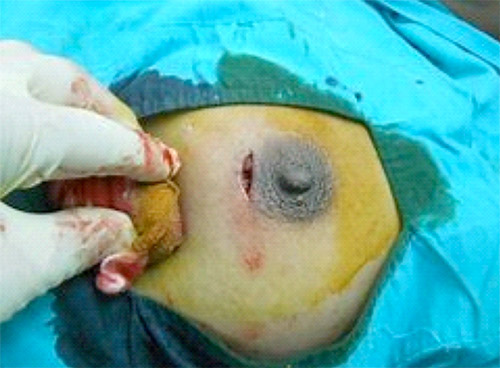How are they identified?
Benign breast nodules are typically identified by their firm, well-defined, and mobile characteristics. After an initial growth phase, they usually stop growing, averaging around 2-3 cm in size. They are generally not painful, and while they displace the areola-nipple complex during growth, they do not retract it. The skin over the nodules may bulge, but the nodules do not adhere to the skin or deeper tissues. Often, these nodules can be multiple and bilateral.
When is excision indicated?
Excision, or surgical removal, is indicated whenever there is diagnostic uncertainty—whether clinically, radiologically, sonographically, or cytologically. Excision is also recommended if the nodules grow rapidly and cause discomfort or concern for the patient.
What does the procedure consist of?
The removal of the breast tumor is usually performed under local anesthesia (the patient is awake but sedated and pain-free), though in some cases, general anesthesia may be necessary. The procedure takes between 30 minutes and 1 hour. The surgeon makes a small, cosmetic cut in the breast and then removes the nodule with some surrounding breast tissue. After removal, the incision is sutured and covered with a dressing and bandage.

After surgery
The breast may be sore and tender to the touch for several days post-surgery, for which painkillers are prescribed. Patients are advised not to lift heavy objects or wet the wound for 24 hours after the lumpectomy.